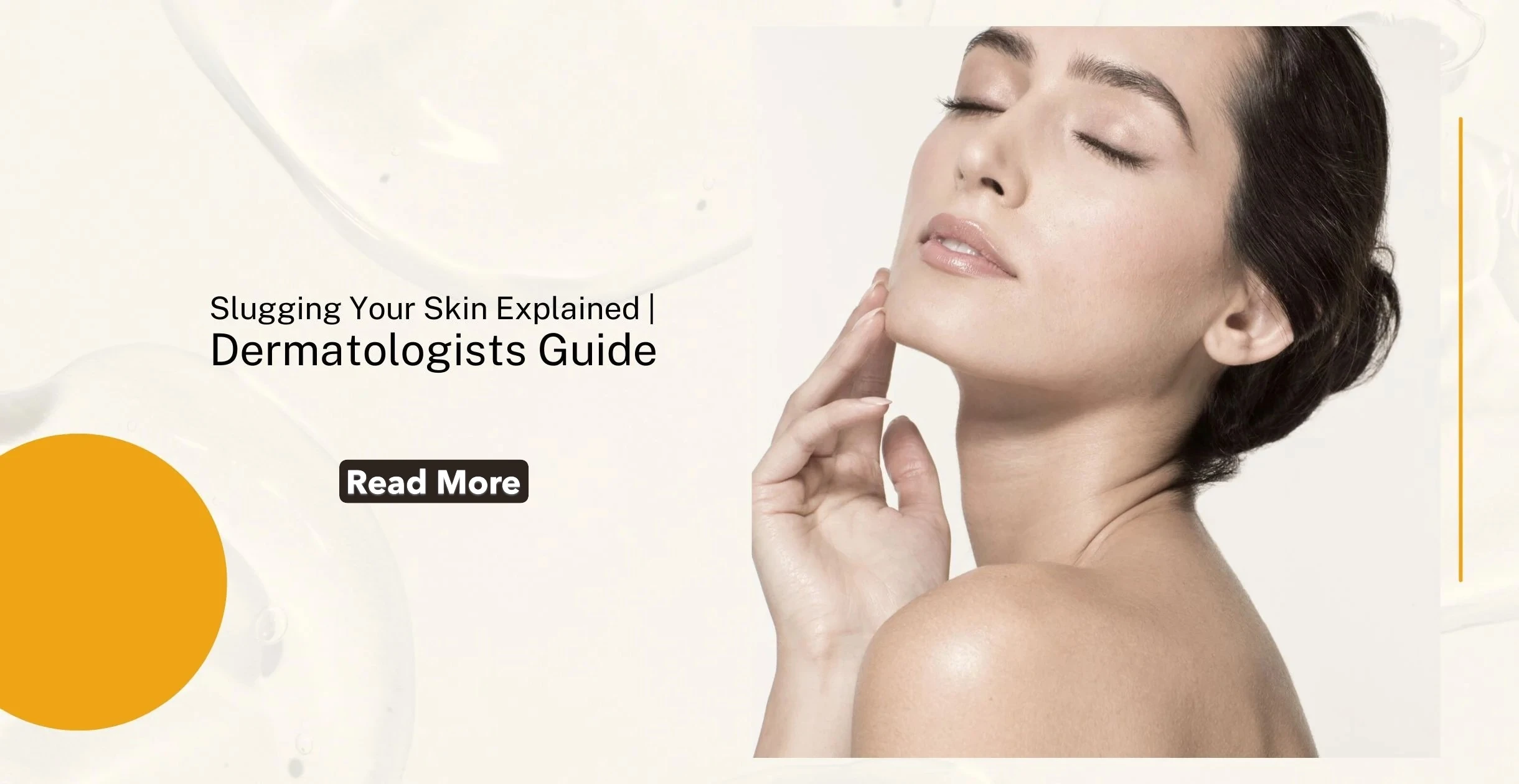What Is Slugging in Skincare and Should You Try It? Benefits and Tips
What Is Slugging in Skincare and Should You Try It? Benefits and Tips
Slugging is one of the most talked-about skincare trends in recent years, and it’s gaining traction for good reason. The term might sound odd, but this K-beauty-inspired technique has earned a devoted following thanks to its ability to deeply hydrate, repair, and protect the skin barrier. So, what exactly is slugging, and is it right for your skin? Let’s break it down.
What Is Slugging?
Slugging is the process of applying a thick, occlusive layer—typically petroleum jelly like Vaseline or a similar product—as the last step in your nighttime skincare routine. This barrier locks in moisture and prevents transepidermal water loss (TEWL) while you sleep. The term "slugging" comes from the shiny, glazed appearance the skin takes on—like a slug’s trail.
How Does Slugging Work?
The key to slugging lies in occlusion. Occlusives are ingredients that form a physical seal over the skin to trap in hydration and active ingredients. Unlike moisturizers that hydrate or humectants that draw moisture from the air, occlusives simply hold everything in—like a lid on a jar.
By preventing moisture loss overnight, slugging can:
-
Reinforce the skin’s natural barrier
-
Help the skin heal and regenerate
-
Enhance the performance of serums or moisturizers underneath
Benefits of Slugging
-
Deep Hydration
Slugging is ideal for dry, dehydrated, or compromised skin. It works overnight to keep skin soft, plump, and moisturized. -
Barrier Repair
If your skin barrier is damaged (from over-exfoliating, harsh weather, or strong actives), slugging creates a protective environment that supports faster repair and reduced sensitivity. -
Soothes Irritation
For those with eczema, rosacea, or general irritation, slugging can help calm and soothe inflammation and redness. -
Boosts Skin Glow
Waking up with softer, smoother, and more radiant skin is one of the most noticeable effects after a night of slugging.
How to Do Slugging Properly
-
Cleanse your skin thoroughly to remove all dirt and makeup.
-
Apply your usual hydrating products (toner, serum, moisturizer).
-
Finish with a thin layer of petroleum jelly or a similar occlusive over your face.
-
Sleep with it on and rinse off any excess in the morning.
Should You Try It?
Slugging is best for:
-
Dry or dehydrated skin types
-
People with a compromised skin barrier
-
Skin exposed to harsh climates or overactive skincare routines
Avoid slugging if you:
-
Have acne-prone or oily skin, as the occlusive layer may trap sebum and bacteria
-
Use strong actives like retinoids—slugging over these may increase irritation or absorption
Conclusion
Slugging is a simple yet powerful way to support your skin’s hydration and barrier function. While it’s not for everyone, many people—especially those with dry or sensitive skin—can benefit from incorporating slugging a few nights a week. With the right prep and skin type, this glowing skincare trend might be worth the slippery experience.

Related Blog
What Causes Oily Skin and Can It Be Managed Naturally? Exploring Root Causes and Gentle Solutions
Aug 2, 2025 by Admin
General
What Are the Signs That You Have Sensitive Skin? Key Symptoms to Help You Identify This Delicate Skin Type
Aug 1, 2025 by Admin
General